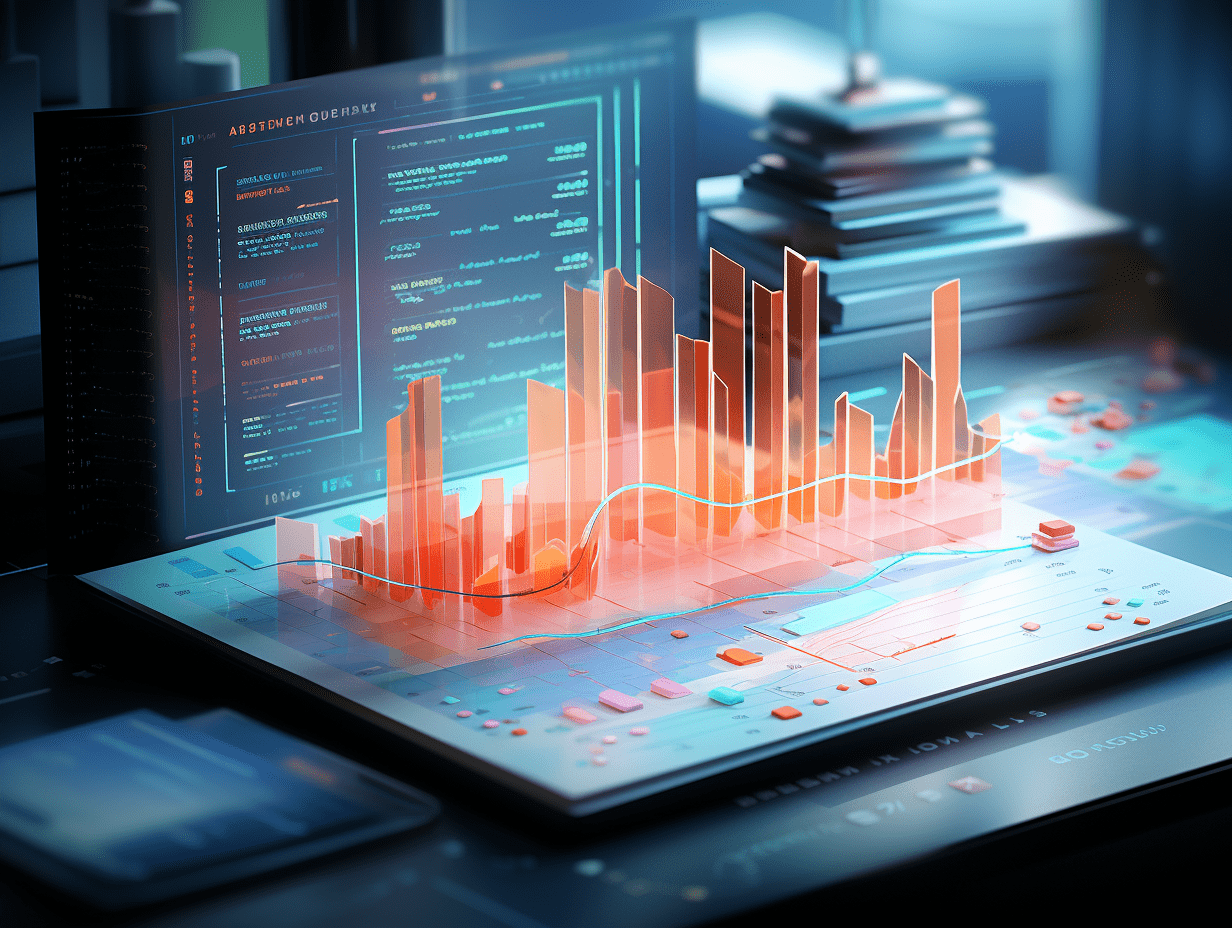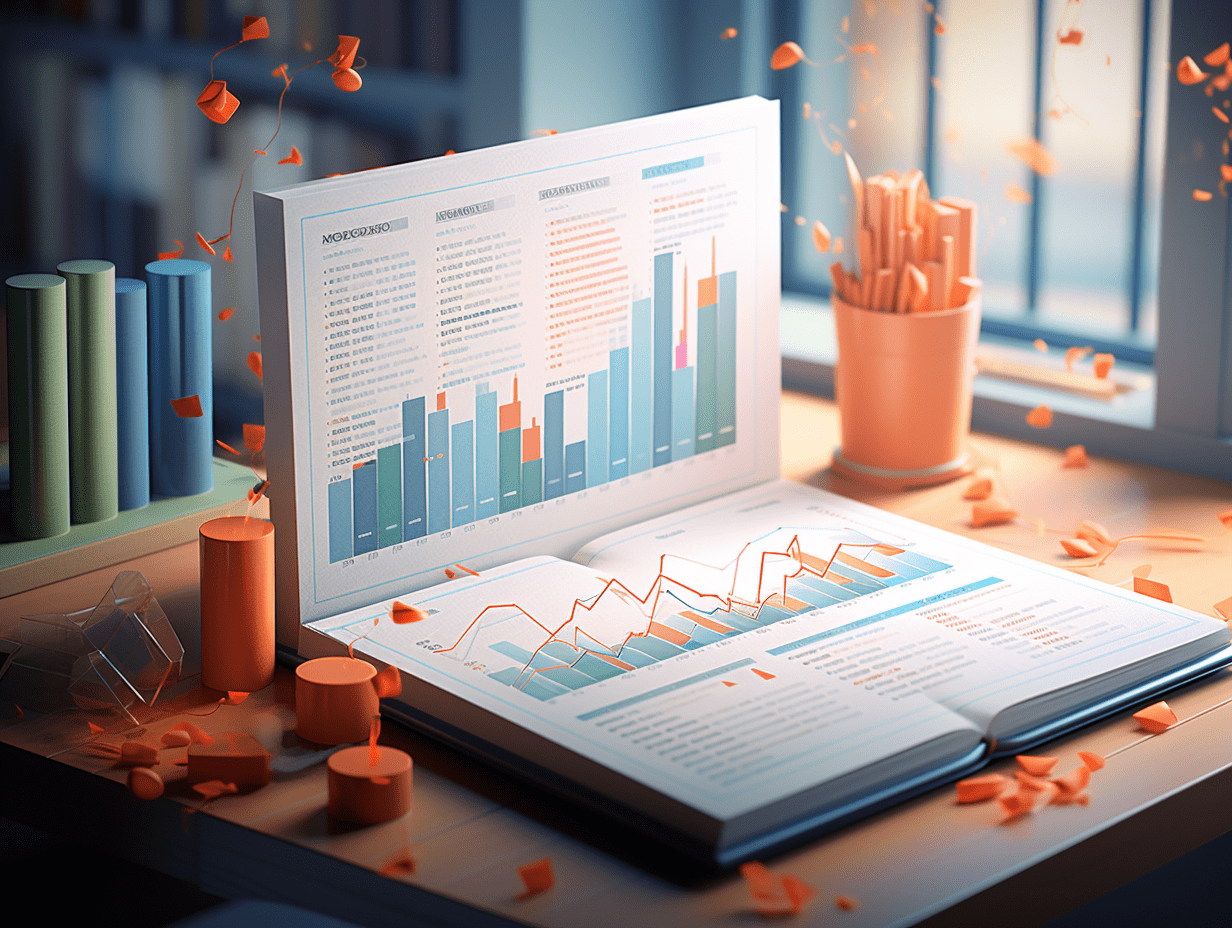Rivaling the Internet boom! Evercore ISI: AI may create "once-in-a-lifetime" opportunities. S&P 500 expected to reach 7750 next year.
As the S&P 500 index continues to soar to record highs, a strategist on Wall Street is increasingly optimistic about the outlook for this benchmark index.
As the S&P 500 index continues to soar to historic highs, a strategist on Wall Street is increasingly optimistic about the prospects for this benchmark index.
Julian Emanuel, a strategist at Evercore ISI, has raised the target level for the index by the end of 2025 from 5600 points to 6250 points, and predicts that by the end of 2026, the S&P 500 index will climb to 7750 points, a rise of about 20%, driven by the once-in-a-generation transformation of artificial intelligence (AI) technology.
In the short term, this target is slightly lower than the current level. However, Emanuel's long-term outlook is more optimistic, emphasizing that the widespread adoption of AI will drive both corporate earnings and valuations higher.
His bullish scenario is even more aggressive: Emanuel forecasts that if there is an "AI-driven asset bubble," the S&P 500 index could even climb to 9000 points. However, he also warns that even in the face of ongoing inflationary pressures, overly loose policies by the Federal Reserve could potentially bring about this situation.
Emanuel states that during this process, it is possible for the S&P 500 index to experience a correction of 10% or more, but he believes that in the background of a structural bull market, such corrections present buying opportunities.
In a report released last Sunday, Emanuel wrote that the current stock market rally driven by AI can be compared to the internet boom of the 1990s, a "once-in-a-lifetime opportunity." He believes that the difference this time is that the application of AI is spreading faster, covering a wider range of industries, and creating more diverse investment opportunities.
In addition to updating the target level for the S&P 500 index, the strategist also raised profit expectations: the earnings per share for 2025 were raised from $255 to $264, and for 2026 from $272 to $287. He points out that the upward revision is based on both corporate resilience to tariffs and the productivity enhancement effects brought about by AI.
This expectation aligns with the core view emphasized by other institutions on Wall Street: corporate earnings remain a key factor driving stock market trends.
Data released by FactSet last Friday showed that 98% of S&P 500 component companies have reported their financial results, with a potential year-on-year earnings growth of 11.9% for the second quarter, marking the third consecutive quarter of double-digit growth for the index.
There is a widespread occurrence of earnings beating expectations, with 81% of companies reporting earnings per share above expectations. The "Big Seven" once again showed impressive performances, with earnings growth of 26.6%, while the earnings growth of other components of the S&P 500 index was only 8.1%.
Citigroup consistently maintains its year-end target of 6600 points for the S&P 500 index and reiterated its outlook for full-year earnings per share of $272 on Monday. The bank points out that policy support and the resilience of consumer spending are additional positive factors.
The Citigroup U.S. Stock Strategy team led by Scott Chronert stated that the year-end target of 6600 points reflects confidence in the continuation of strong earnings momentum following the second quarter and optimism regarding the expectation that "companies are affected by tariffs less than expected" and the new tax incentive policy of President Trump's "big and beautiful bill."
However, Chronert also warned that as the market moves towards the end of the year, volatility in the market may intensify, requiring investors to be prepared for short-term fluctuations.
Citigroup predicts that after earnings significantly exceed expectations in the second quarter, third-quarter earnings reports may be "mixed." Uncertainty is increasing: late last Friday, a federal appeals court ruled that President Trump's global import tariffs executive order exceeded his statutory authority and rejected most of the tariff policies. However, the ruling will not affect the implementation of existing tariffs during the government's appeal to the U.S. Supreme Court.
Chronert said, "Overall, to date, news related to tariffs has not really changed our investment strategy for the end of the year." He pointed out that there is still uncertainty about the legal outcome.
He added that reducing tariffs may relieve pressure on corporate profit margins, but it may also eliminate an important source of income that investors view as a hedge against fiscal deficits. He cautioned that even with improved corporate earnings, this situation could reignite concerns in the market about fiscal issues.
In related news, long-term U.S. Treasury bond yields rose slightly on Tuesday, with the 30-year bond yield rising by about 5 basis points to 4.97%, approaching the 5% threshold often seen as a negative factor for the stock market.
In this context, the market's short-term focus has shifted back to monetary policy.
Earlier, Federal Reserve Chairman Powell hinted at a possible rate cut in his highly anticipated Jackson Hole speech, leading the market to bet that the Fed will cut rates this month, driving the recent stock market rally. The key to testing this expectation will be the August nonfarm payroll report to be released this Friday - the previous week, the U.S. announced lower-than-expected inflation data, with recent signs showing a weakening labor market.
Currently, the market expects a 90% probability of a 25 basis point rate cut by the Fed at its September meeting, but the data released this week could increase the likelihood of a further substantial rate cut by the Fed. The Fed will announce its next interest rate decision on September 17, which will largely determine how much policy support investors can rely on.
Related Articles

People's Bank of China: Will conduct 1 trillion yuan of reverse repurchase operations with a term of 3 months.

US Dollar Hedging Costs Rise Ahead of August Non-Farm Payrolls Report, Traders Prepare for Increased Forex Market Volatility

Policy changes suddenly! The direction of the US power industry has made a sharp turn: natural gas becomes a hot commodity, while renewable energy faces a chill.
People's Bank of China: Will conduct 1 trillion yuan of reverse repurchase operations with a term of 3 months.

US Dollar Hedging Costs Rise Ahead of August Non-Farm Payrolls Report, Traders Prepare for Increased Forex Market Volatility

Policy changes suddenly! The direction of the US power industry has made a sharp turn: natural gas becomes a hot commodity, while renewable energy faces a chill.

RECOMMEND

“King of Phones in Africa” Faces Disruption as Xiaomi Surges and Transsion Slows
03/09/2025

Global Government Bond Sell-Off Pushes U.S. 30-Year Treasury Yield Back to 5% – What’s Driving the Move?
03/09/2025

Gold Climbs Above $3,600 to Record High as Central Bank Holdings Exceed U.S. Treasuries for First Time in 30 Years
03/09/2025


